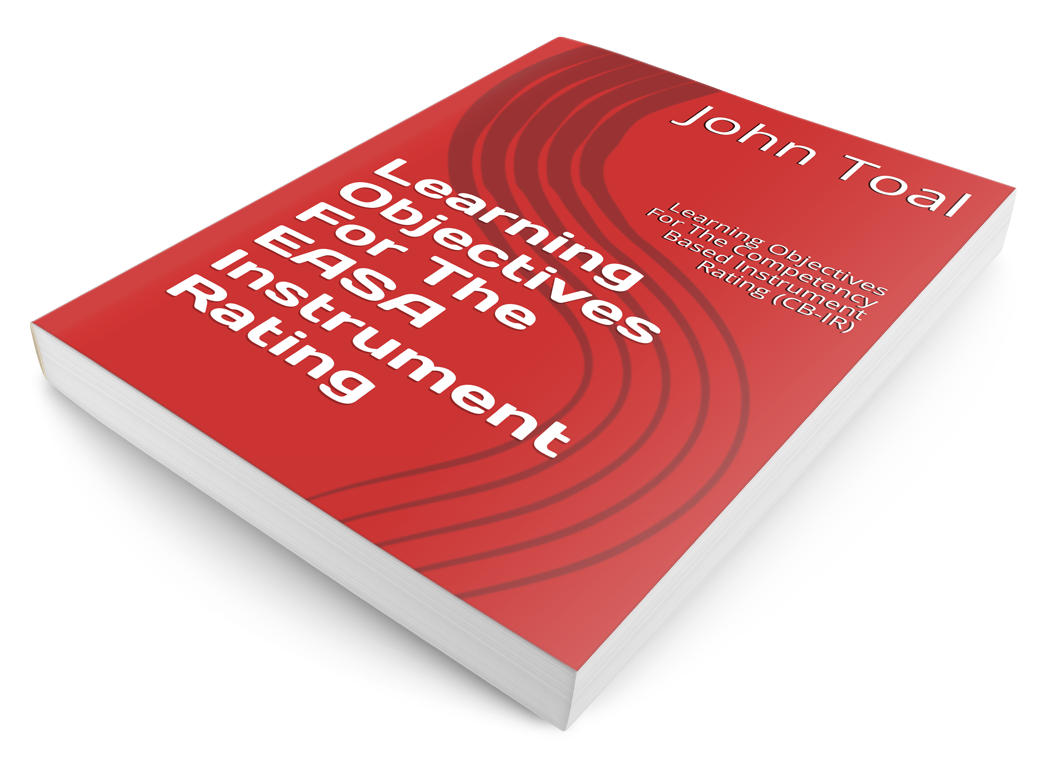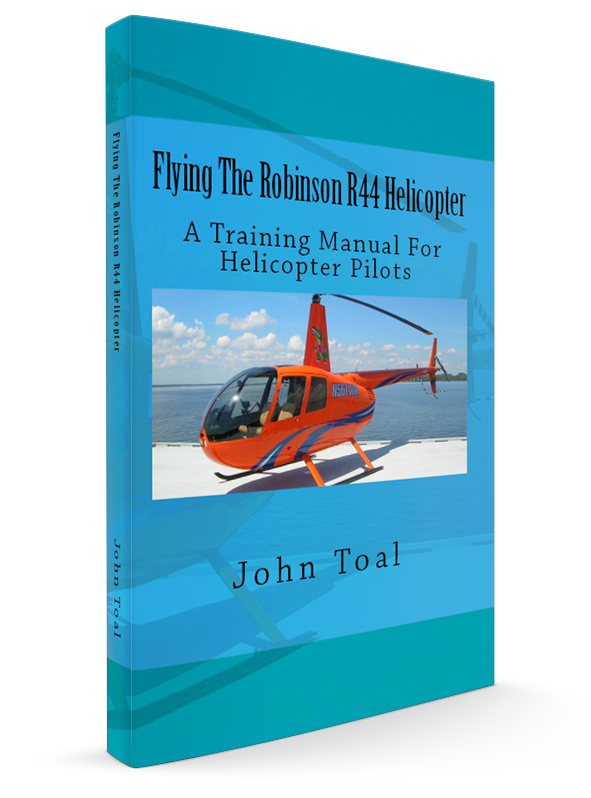Vortex Ring – Settling With Power
(Reviewed on 18th April 2021)
What is Vortex Ring – Settling With Power?
Vortex ring is commonly called settling with power in the USA. Settling with power is a better descriptive name but vortex ring is technically more correct.
When the helicopter is descending into its own induced flow, there is a risk of vortex ring developing. If the rate of descent is high enough, raising the collective to reduce the rate of descent will make matters worse and the rate of descent will actually increase.
Vortices are always present at the tips of all rotor blades. These vortices can be reduced by good design but they can never be completely eliminated.
Vortices decrease the efficiency of the blades. The outer one third of the main rotor blades produce most of the lift. Losing any lift at the tips due to vortices has a large effect on the total lift generated by the blades.
During vertical descents, the opposing airflow from below changes the relative airflow and the angle of attack of the main rotor blades is increased. Due to washout (blade twist) on the main rotor blades and also the low rotational velocity of the blades close to the hub, the angle of attack is increased so much that this part of the blade starts to stall causing a vibration in the helicopter.
Raising the collective to reduce the rate of descent while the helicopter is in vortex ring has two effects:
- The vortices get bigger and move inboard from the tips of the blades thus reducing lift further and causing the helicopter to descend faster.
- The stalled area of the blades close to the hub starts to move outboard and lift is further reduced causing the helicopter to descend even faster.
Conditions
Do you remember what the conditions are for entry to vortex ring? I have come across quite a few qualified pilots who know how to recover from vortex ring and what it is but they do not know all of the conditions that cause vortex ring. Do you?
To get a helicopter into vortex ring, three elements must be occurring at the same time. These are:
- High rate of descent (> 500 ft./min)
- Low indicated airspeed (< 30 kts)
- Power applied (> 20% of power available)
All three of these elements MUST be present.
Symptoms of Vortex Ring
When vortex ring starts to develop you will have a high rate of descent and a low indicated airspeed. As the inboard part of the rotor blades start to stall, a vibration will be felt throughout the airframe. If you have not already noticed the rate of descent and airspeed, this should make you take notice and give you time to recover.
When it develops further, the vortices from the main rotor tips start to interfere with the efficiency of the tail rotor. This can cause random yawing and it must be controlled by the pedals. The pedal movements can be quite large. Start the recovery as soon as possible.
Recovery From Vortex Ring
The recovery is fairly simple. Lower the collective slightly and use forward cyclic to increase airspeed. When the airspeed reaches 30 kts, vortex ring will no longer be present. Entering autorotation (removing “Power” from the equation) will also stop vortex ring as there will be no induced flow but this is not a practical recovery technique. At some stage the rate of descent must be reduced and if the collective is raised, an induced flow is created. This has the effect of re-establishing the helicopter into the vortex ring state again (probably worse than before).
Vortex Ring Scenarios
Scenario 1 Imagine you have just passed your flight test and you now have a brand new PPL(H) licence. Your friends have helped you celebrate and you have promised Alan a free flight. You brief him and take off to go view his house as he wants to take a few photos. As you approach the house, you slow down to 40kts and hold 500’ AGL.
Alan asks you to slow down so he can get a photo of his wife in the back garden and then he asks you to hold the helicopter steady in the hover. (Everyone knows that all helicopters hover – right). You come back on the cyclic and lower the collective to stop the helicopter climbing.
As the helicopter slows down, it starts to lose translational lift and descend. You have very few visual ques to see this and it goes unnoticed. Then, as the helicopter descends faster you start to feel a vibration and then you notice the high rate of descent.
You naturally raise the collective to reduce the rate of descent but this only makes it worse. If you had altitude you could recover easily like you did during training. There is not enough altitude to recover and you hit the ground hard!
Scenario 2 You are en route from A to B. The weather forecast at A and B is good but you fly into unforeseen bad weather. As the cloud base gets lower you descend to remain clear of cloud (you know how dangerous it is to fly into cloud).
The visibility is deteriorating and you slow down to compensate. You are now following a truck on the motorway below you and you notice that its lights are on. When you slow down further as you are aware of hills in the vicinity. You are now flying at 500’ AGL and 40kts with 1000m visibility. There is so much drizzle and moisture in the air that clouds are forming and dissipating around you. Suddenly a cloud forms just in front of you and you start to lose sight of the truck.
You come back on the cyclic to slow the aircraft down to avoid entering the cloud. Realizing that this is not going to work, you lower the collective to lose altitude. You now have all three conditions for vortex ring and not enough altitude to recover.
Did you enjoy this post? Why not leave a comment below and continue the conversation, or subscribe to my feed and get articles like this delivered automatically to your feed reader.








Keep up this good work, you have a nice blog over here with much good information! When you post some new stuff, I’ll visit your blog again and I’ll follow it.